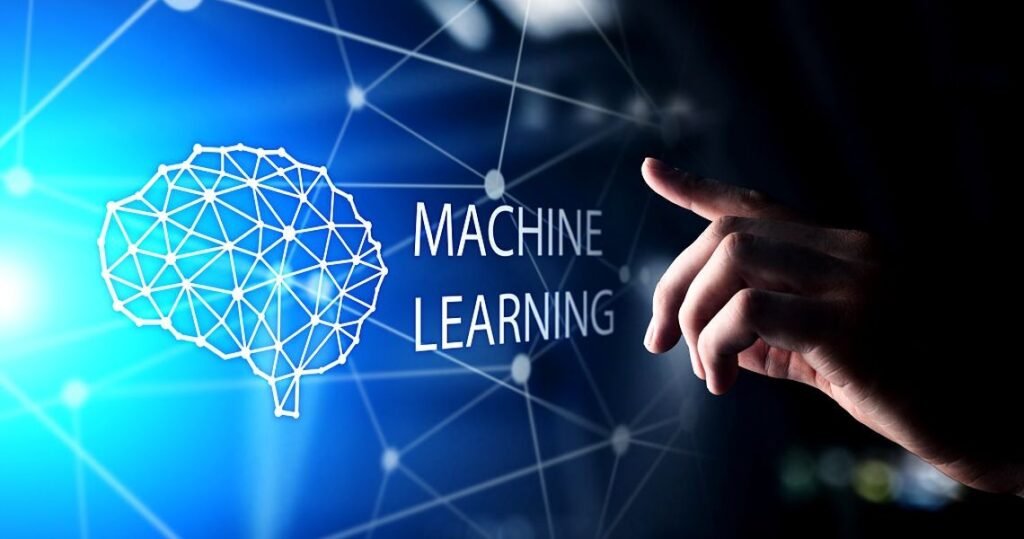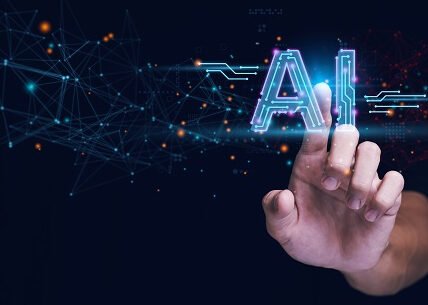Machine learning, a subset of artificial intelligence, has found its way into various domains and industries, reshaping processes, optimizing tasks, and unlocking new possibilities. The adoption of machine learning is driven by several factors, including data availability, technological advancements, and the specific needs of businesses and organizations.

Applications of Machine Learning
- Predictive Analytics: Machine learnings algorithms analyze historical data to identify patterns and trends, enabling businesses to make informed predictions about future events. Applications range from sales forecasting and demand planning to risk management and customer churn prediction.
- Recommendation Systems: Companies leverage machine learnings to build recommendation systems that personalize content, products, and services based on user preferences and behaviors. Examples include movie recommendations on streaming platforms and product recommendations on e-commerce websites.
- Natural Language Processing (NLP): NLP techniques enable machines to understand, interpret, and generate human language. Machine learnings models power virtual assistants, sentiment analysis tools, language translation services, and chatbots, enhancing communication and user experience.
- Computer Vision: Machine learning algorithms process and analyze visual data, enabling computers to interpret images and videos. Applications include facial recognition, object detection, medical image analysis, autonomous vehicles, and quality control in manufacturing.
- Healthcare: Machine learnings is revolutionizing healthcare by assisting in disease diagnosis, treatment planning, medical imaging analysis, drug discovery, and personalized medicine. These applications improve patient outcomes, optimize workflows, and reduce healthcare costs.
Timing of Machine Learning Adoption
- Data Availability: The proliferation of digital data and advancements in data storage and processing technologies have fueled the adoption of machine learnings. Organizations collect vast amounts of data from various sources, including sensors, social media, transactions, and user interactions, providing valuable insights for machine learnings models.
- Technological Advancements: The evolution of machine learning frameworks, libraries, and tools has democratized access to machine learnings capabilities. Open-source platforms like TensorFlow, PyTorch, and scikit-learn empower developers and data scientists to build, train, and deploy machine learnings models efficiently.
- Business Needs and Opportunities: Organizations embrace machine learning to gain a competitive edge, improve decision-making, enhance customer experiences, and drive innovation. Industries across sectors, including retail, healthcare, finance, manufacturing, and transportation, recognize the potential of machine learnings to address complex challenges and unlock new opportunities.
- Maturation of Techniques and Algorithms: The continuous research and development in machine learnings have led to the advancement of algorithms, techniques, and methodologies.
Conclusion
As organizations recognize the value of data-driven insights and automation, the adoption of machine learning is expected to continue expanding, shaping the future of work, innovation, and decision-making.




